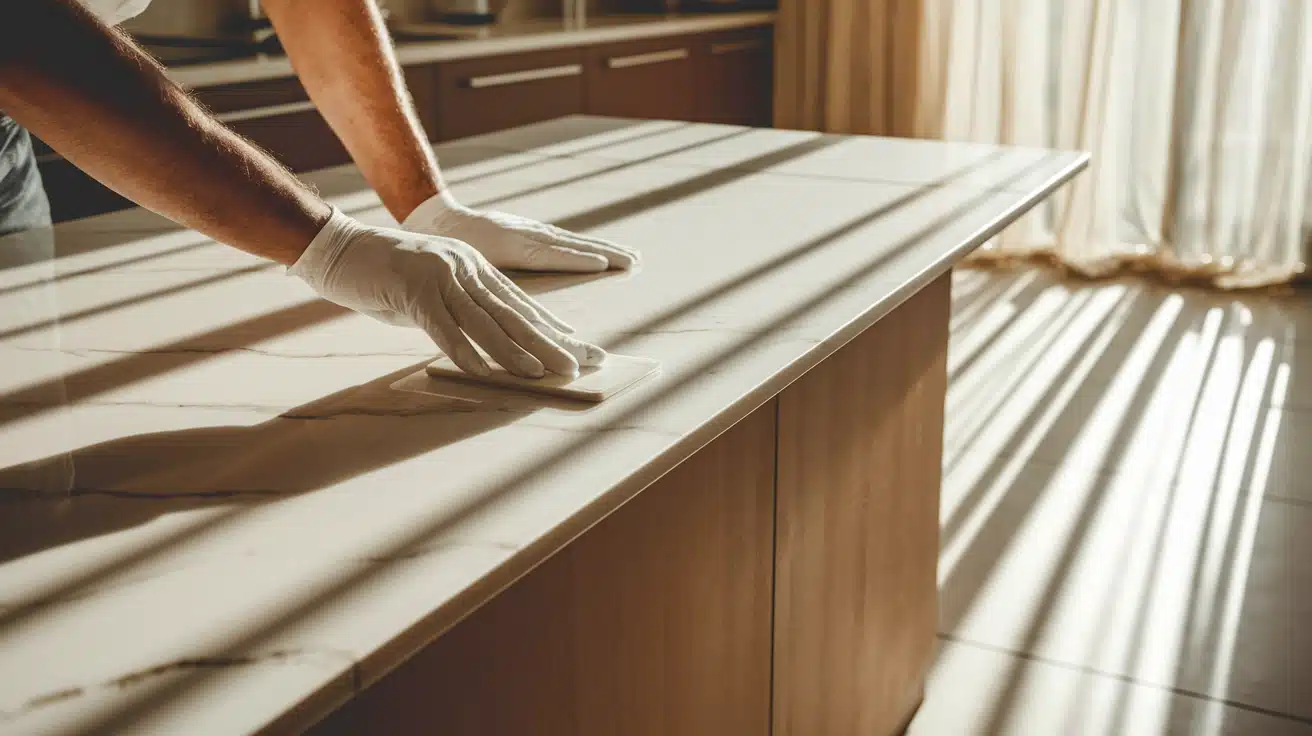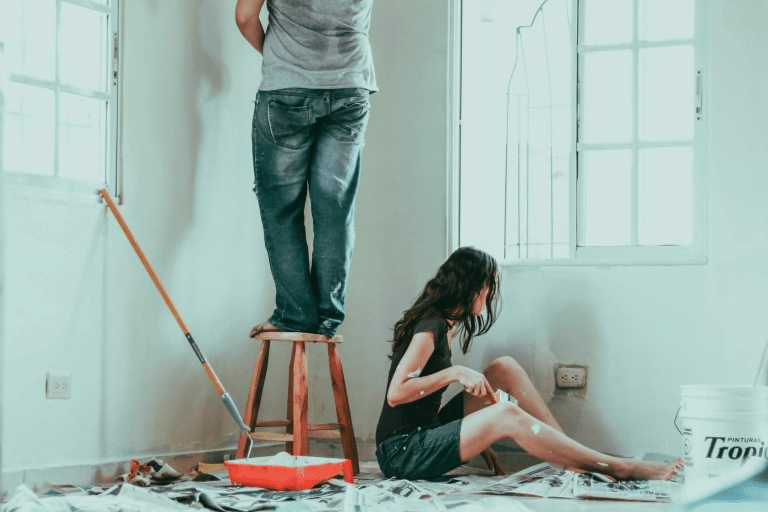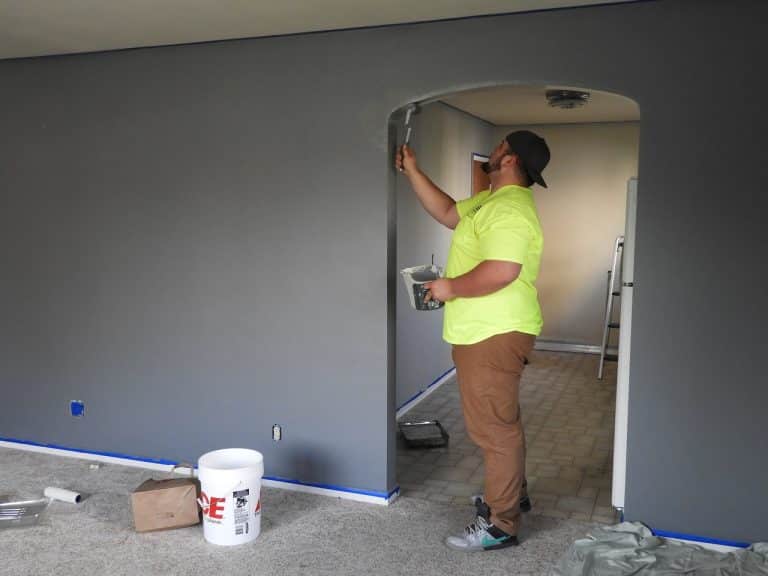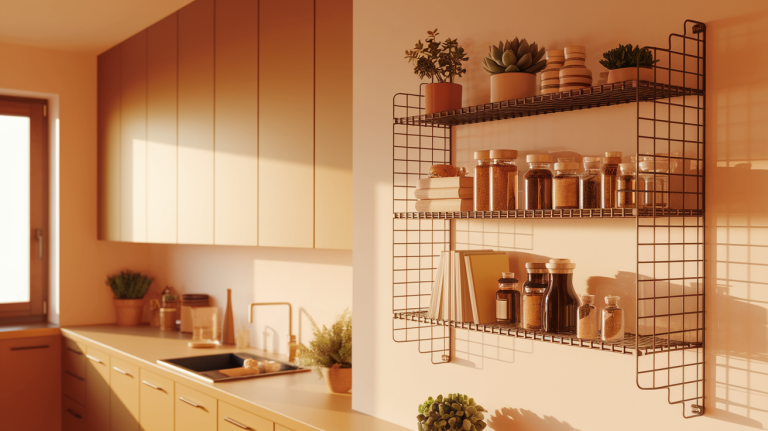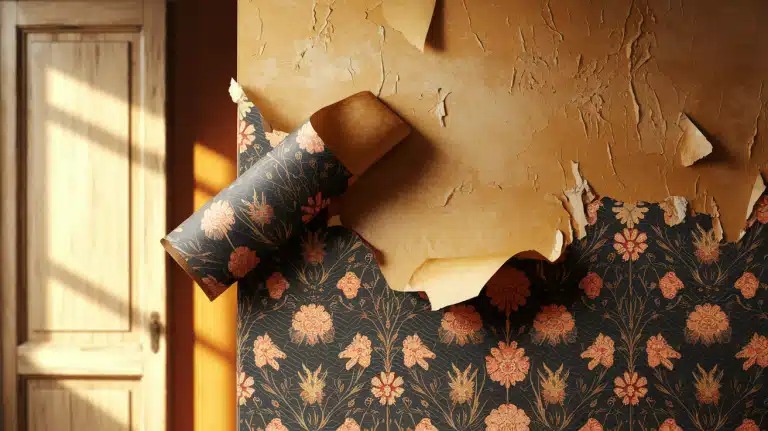How To Properly Seal Marble Countertops?
Homeowners know the sinking feeling when they see that first stain on their beautiful marble countertop.
Coffee rings, wine marks, or oil spots can turn the kitchen’s centerpiece into a source of stress.
They’ve invested in marble for its timeless beauty, but now they’re worried about permanent damage.
Here’s what most homeowners don’t realize: Proper sealing can prevent 95% of marble staining issues.
This blog walks homeowners through the exact process professionals use to seal marble countertops.
This method has saved countless homeowners from costly repairs and helped them maintain their marble’s stunning appearance for years.
By the end of this guide, homeowners will have the confidence to protect their investment adequately.
It’s time to seal that marble countertop properly.
Why Consider Marble Countertops?
Marble countertops bring natural beauty and timeless appeal to any kitchen or bathroom.
This natural stone forms when limestone or dolomite undergoes heat and pressure deep within the earth.
The result is a stunning surface with unique veining patterns that make each slab one-of-a-kind.
What makes marble special
- Each piece has distinct patterns and colors
- The surface feels cool to the touch
- It offers a luxurious appearance that never goes out of style
- Available in various colors from classic white to deep black
Common marble types include
- Carrara marble – known for its white base with gray veining
- Calacatta marble – features bolder, more dramatic veining
- Emperador marble – offers rich brown tones
- Statuario marble – provides bright white with striking veins
The natural composition of marble makes it softer than granite or quartz. This means it requires more care but rewards you with unmatched beauty. Many homeowners choose marble countertops for baking areas because the cool surface works well with pastry dough.
Comprehending these basics helps you determine if marble countertops align with your lifestyle and design goals.
Signs That Your Marble Countertop Needs Sealing
Recognizing when your marble countertop needs sealing helps prevent permanent damage and keeps it looking beautiful.
- Water absorption test fails: Drop water on the surface. If it soaks in within 10-15 minutes instead of beading up, sealing is needed.
- Stains appear easily: Coffee, wine, or oil leaves permanent marks that won’t clean off with regular household cleaners or gentle scrubbing.
- Surface looks dull: The natural shine has faded, making your marble countertop appear flat and lackluster compared to its original polished finish.
- Etching becomes visible: Acidic substances like lemon juice or vinegar create permanent light spots or rings that can’t be buffed out.
- Porous texture develops: The marble feels rough or chalky to the touch, indicating that the protective barrier has worn away over time.
- Previous seal expired: Most marble sealers last 6-12 months with regular use. Check your maintenance records to track the sealing schedule.
These warning signs indicate your marble countertop has lost its protective barrier. Acting quickly prevents permanent damage and keeps your investment looking beautiful for years to come.
How Do You Permanently Seal Marble?
Based on the professional demonstration, here’s a complete guide to sealing your marble countertops properly.
Tools
- Paint brush, roller, or paint pad – Apply sealer evenly across the entire countertop surface.
- Timer – Ensures proper 15-minute waiting time between coats.
- Clean rags or paper towels – Wipe excess sealer and remove pooling during application.
Materials
- Premium Plus Sealer (water-based) – Creates a protective barrier in stone pores; anti-microbial properties prevent bacterial growth.
- Stone and quartz daily cleaner – Maintains a sealed surface without damaging the protective barrier.
- Water for testing – Tests the sealer’s effectiveness and determines when resealing is needed.
Step 1: Prepare the Surface
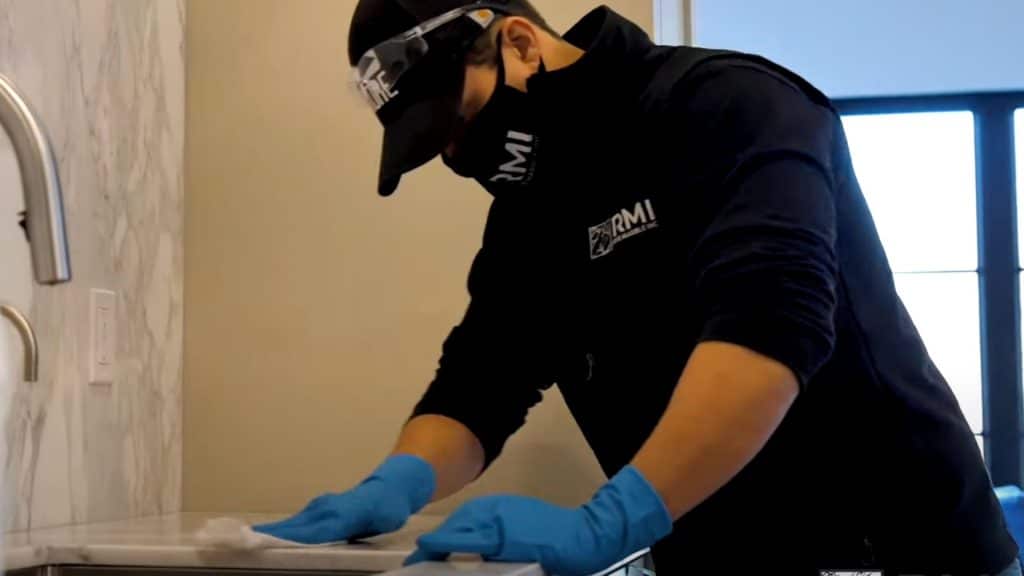
Clean your marble countertop thoroughly and remove all items from the surface. Ensure the countertop is completely dry before starting the sealing process.
Any moisture or debris can interfere with the sealer’s proper adhesion. Use a gentle stone cleaner to remove any existing stains or buildup that might prevent the sealer from penetrating effectively into the marble pores.
Step 2: Apply the First Coat
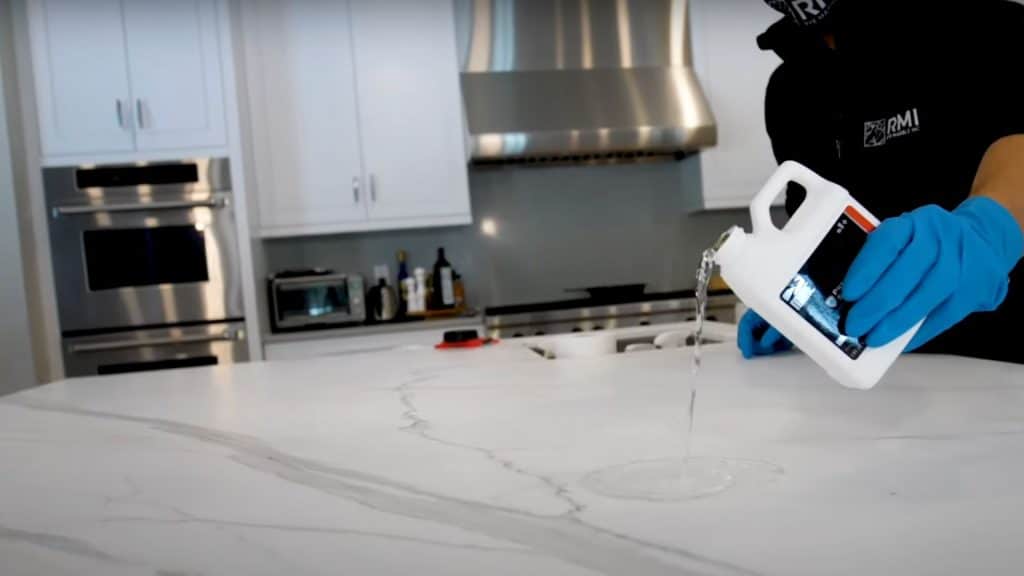
Apply a generous amount of sealer directly to the countertop surface. The sealer coverage is generous – one quart covers 100 square feet with three coats.
Use your chosen application tool (paint brush, roller, or paint pad) to spread the sealer evenly across the entire surface. Work systematically to ensure complete coverage without missing any spots or areas.
Step 3: Work the Sealer In
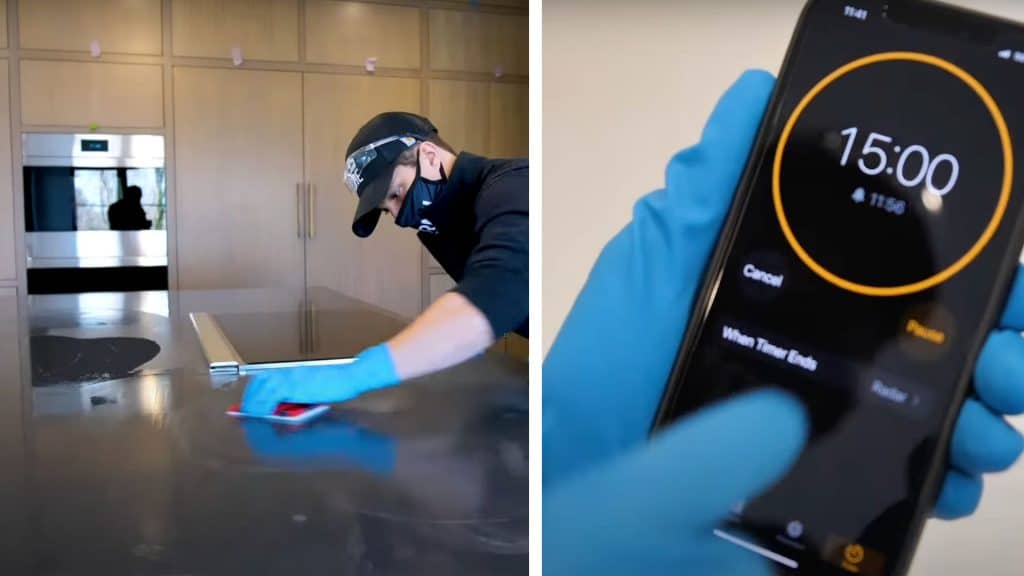
Spread the sealer evenly over the surface during the first 15 minutes after application. Keep the sealer moving across the surface to prevent it from pooling in one area or drying unevenly.
This active spreading allows the sealer to penetrate deep into the marble pores. Pay attention to edges and corners where sealer might accumulate or dry too quickly.
Step 4: Set the Timer and Monitor
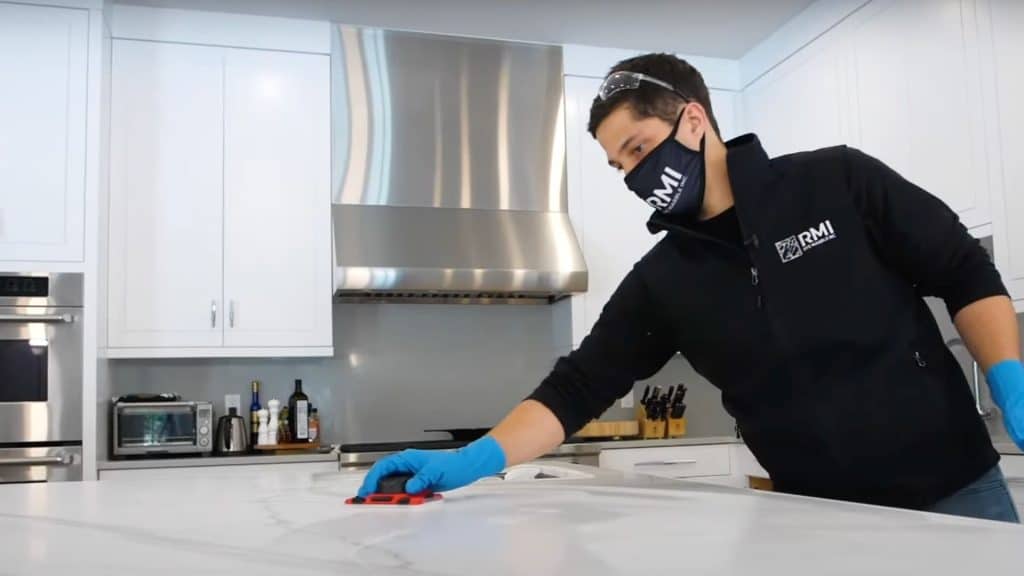
Set a 15-minute timer immediately after applying the sealer. During this crucial waiting period, continuously monitor the surface and keep the sealer moving.
This timing allows the sealer to soak into the stone properly while preventing it from drying on the surface. Don’t let the sealer sit idle during this period.
Step 5: Wipe Excess
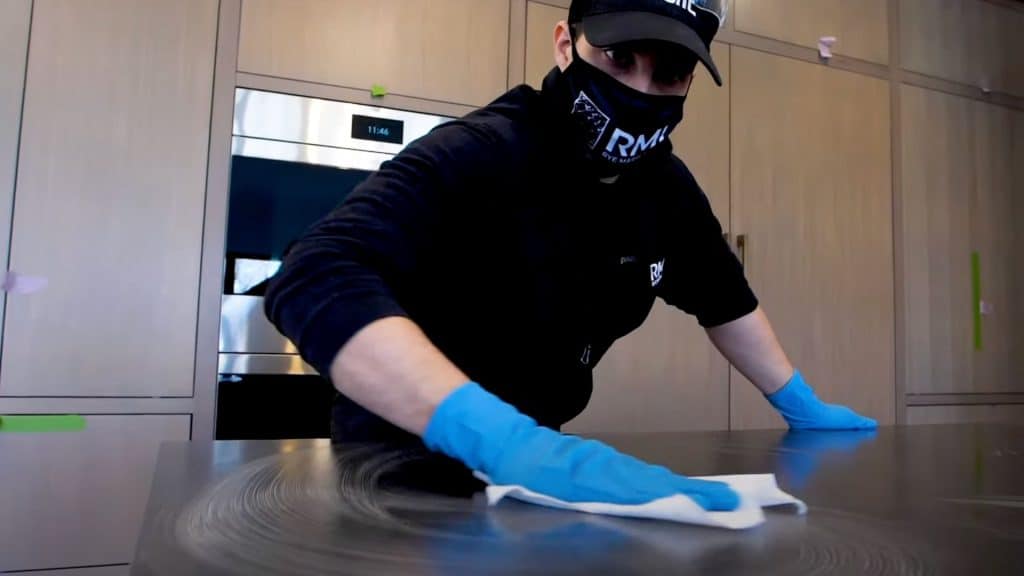
After exactly 15 minutes, use a clean rag or paper towel to wipe down the entire surface evenly. Remove any excess sealer that hasn’t penetrated into the stone.
This step prevents the sealer from creating an uneven film on the surface. Work quickly but thoroughly to ensure all excess material is removed before moving to the next coat.
Step 6: Test the Seal
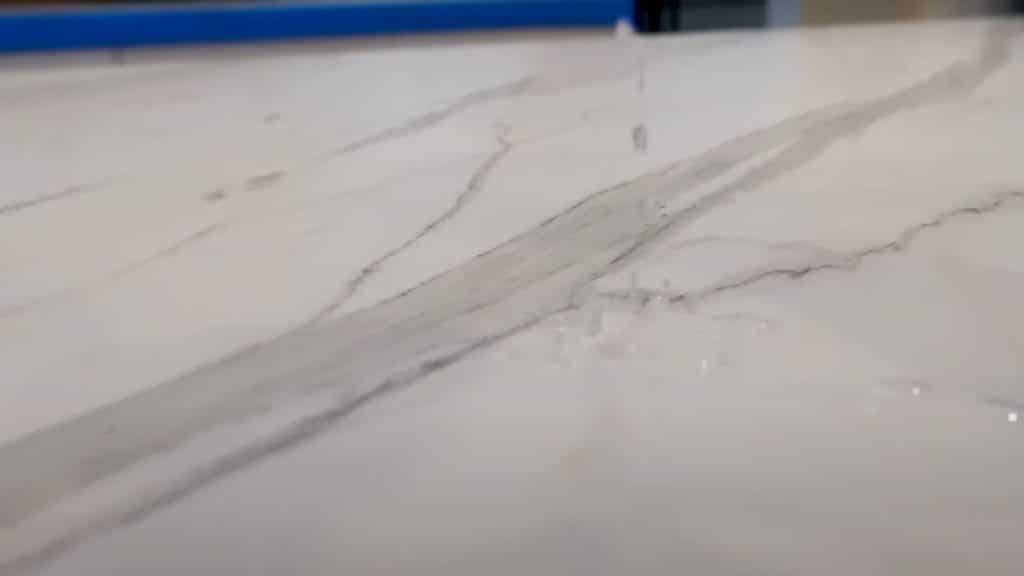
Pour a small amount of water on the sealed surface to test effectiveness. If the water beads up and leaves no dark absorption spots when wiped away, the seal is working properly.
This simple test confirms your marble countertop is protected from stains and moisture. If water absorbs into the stone, additional sealing may be needed.
Video Tutorial
I would like to acknowledge RMI Surfaces for the insightful video, which served as a key reference in compiling this guide.
Choosing the Right Sealer for Marble Countertop
Selecting the proper sealer for your marble countertop ensures maximum protection and longevity for your investment.
1. Penetrating Sealers
Soak deep into marble pores, providing long-lasting protection without changing the stone’s natural appearance or texture.
These sealers work by creating an invisible barrier within the stone structure. They allow the marble to breathe while blocking liquid penetration. Most penetrating sealers last 6-12 months and are effective in high-traffic areas.
2. Topical Sealers
Create a protective film on the surface, but note that it may alter the marble’s appearance and texture over time. These sealers sit on top of the stone, forming a glossy or matte coating.
While they offer good stain resistance, they can wear off quickly and may yellow with age. Topical sealers need frequent reapplication and careful maintenance.
3. Impregnating Sealers
Offer the best protection by filling microscopic gaps while maintaining the stone’s breathability and natural beauty. These premium sealers penetrate deeper than standard options, creating superior stain resistance.
They preserve the marble’s original texture and appearance while providing long-term protection. Impregnating sealers typically last longer than other types.
Mistakes that Can Damage Your Marble Countertop
Proper marble sealing requires careful attention to detail and timing. These common mistakes can compromise your countertop’s protection, leading to permanent staining, etching, and costly repairs that could have been easily prevented.
- Skipping surface preparation: Failing to clean thoroughly before sealing traps dirt and debris, preventing proper sealer penetration and adhesion.
- Using the wrong sealer type: Applying topical sealers instead of penetrating sealers can alter the appearance of marble and provide inadequate long-term protection.
- Rushing application timing: Not allowing 15 minutes between coats or wiping too early prevents the sealer from penetrating properly into the stone.
- Applying insufficient coats: Using only one coat instead of three significantly reduces protection effectiveness and shortens the sealer’s lifespan.
- Ignoring excess removal: Leaving pooled sealer on the surface creates an uneven finish and can cause streaking or discoloration over time.
- Testing seal incorrectly: Using harsh chemicals instead of water for testing can damage the new seal and provide false results.
Conclusion
Sealing your marble countertops properly isn’t just about protection; it’s about preserving the investment you made in your home’s beauty.
With the right sealer, proper technique, and regular maintenance, your marble will continue to impress guests and add value to your kitchen for years to come.
Remember the key steps: clean thoroughly, apply three coats with 15-minute intervals, and test with water to confirm effectiveness.
Don’t skip any steps or rush the process. Your marble deserves the care that will keep it looking stunning.
Ready to take action? Start by testing your current seal with the water method I showed you. If it’s time for resealing, gather your materials and set aside a weekend afternoon.
What questions do you have about sealing your marble countertops? Share your experience in the comments below. I’d love to help you succeed.
Frequently Asked Questions
Does a Marble Countertop Need to Be Sealed?
Yes, marble countertops need to be sealed because marble is naturally porous and absorbs liquids, which can lead to stains and damage without proper sealing protection.
What Is the Protective Coating for Marble Countertops?
The protective coating for marble countertops is a penetrating stone sealer that fills the pores, creating an invisible barrier against stains and moisture absorption.
What Sealant to Use on Marble?
Use penetrating sealers (impregnating sealers) specifically designed for natural stone. Avoid topical sealers that can trap moisture and cause damage to marble.

